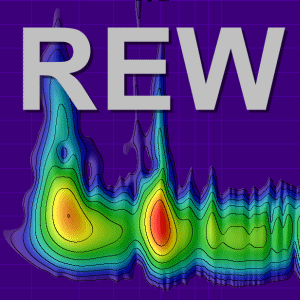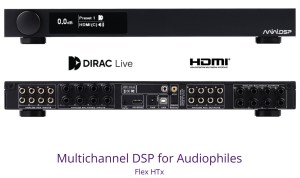Thread Starter
- Joined
- Jan 22, 2019
- Posts
- 115
After following the instructions on the MiniDSP website I came up with the following.

Two way active speaker with both crossovers being LR4 with a crossover at 2500Hz. It appears that inverting the polarity of the tweeter is the best option?
Regards,
Dan
Two way active speaker with both crossovers being LR4 with a crossover at 2500Hz. It appears that inverting the polarity of the tweeter is the best option?
Regards,
Dan












